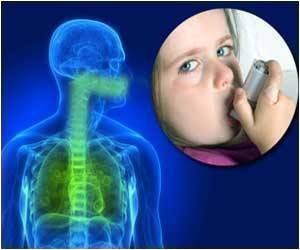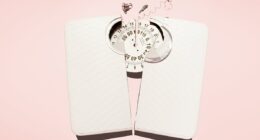
.
Since it is known that bisphenols are present in maternal milk and that they can cross the placental barrier, researchers wanted to know whether prenatal exposure to these chemical compounds is associated with respiratory health problems in later years.
They studied urine samples taken during pregnancy from more than 3,000 women from six European countries (Spain, France, Greece, Norway, the Netherlands, and the United Kingdom) collected between 1999 and 2010 and data on the respiratory health of their offspring collected years later through questionnaires and spirometry.
Analysis of the urine samples revealed a high prevalence of BPA, which was found in 90% of the samples. The other bisphenols studied were less prevalent at the time these samples were collected.
The Netherlands was the only country where a notable presence of other bisphenols was detected among the study participants (bisphenol F in 40% of the samples and bisphenol S in 70%). This finding was probably due to the early switch to replacements for bisphenol A in that country.
READ RELATED: Did Megan Bugg Die of Alveolar Rhabdomyosarcoma Cancer? How Old Was Megan Bugg? Her Age Revealed
The results of this study revealed an association in girls between concentrations of bisphenol A in maternal urine during pregnancy and an increased risk of asthma and wheezing at school age.
These results are in line with those of earlier studies, which have also reported that bisphenol A hurts respiratory health in childhood.
Researchers believe that the effect may be because bisphenols can cross the placental barrier and interfere with the child’s respiratory and immune systems during the developmental phase.
Source: Medindia
Source:







